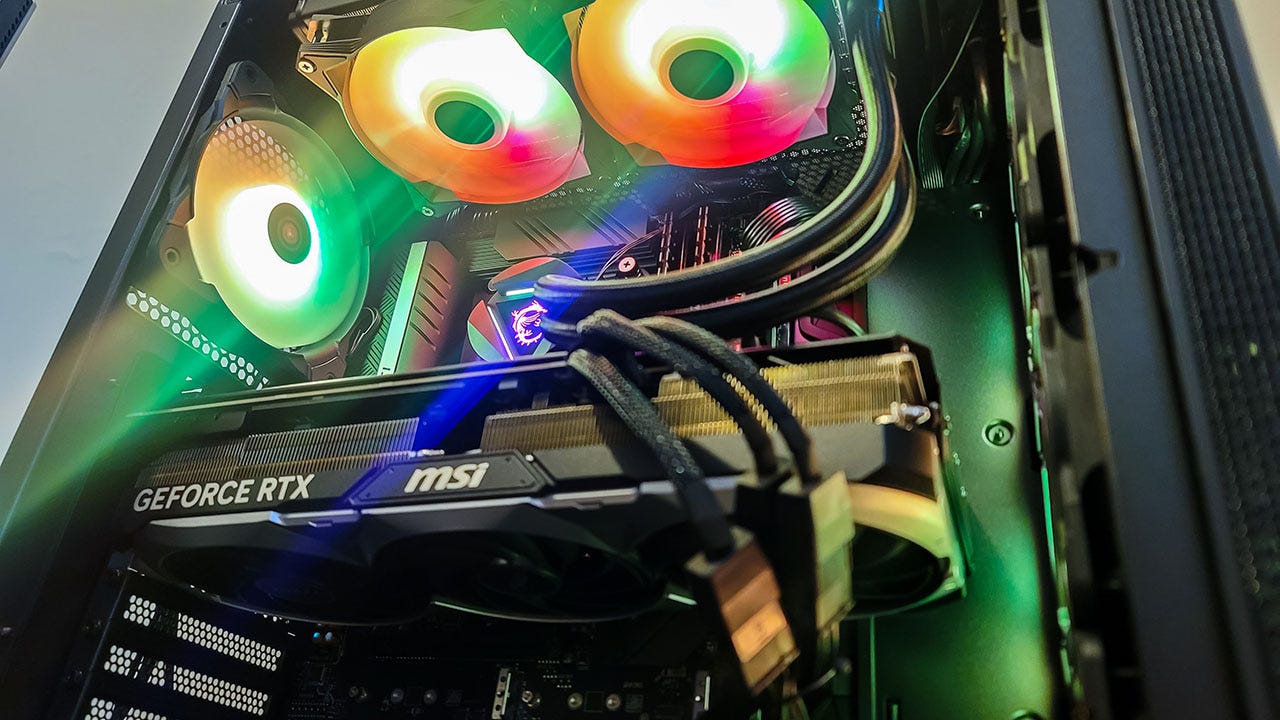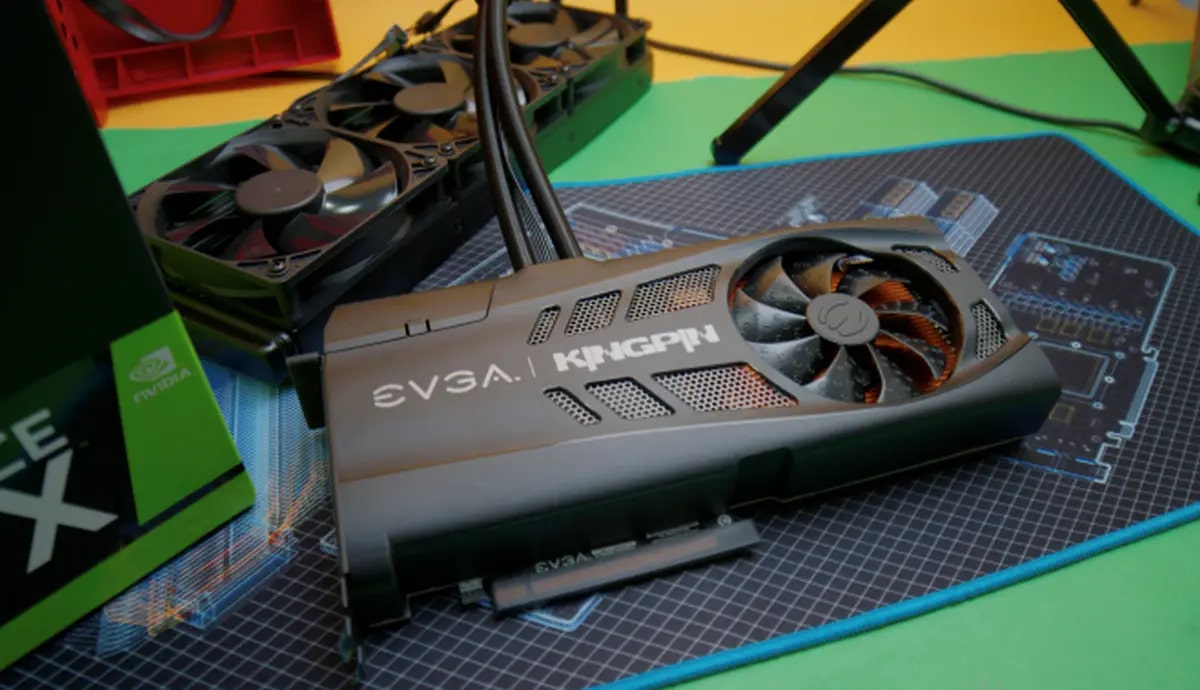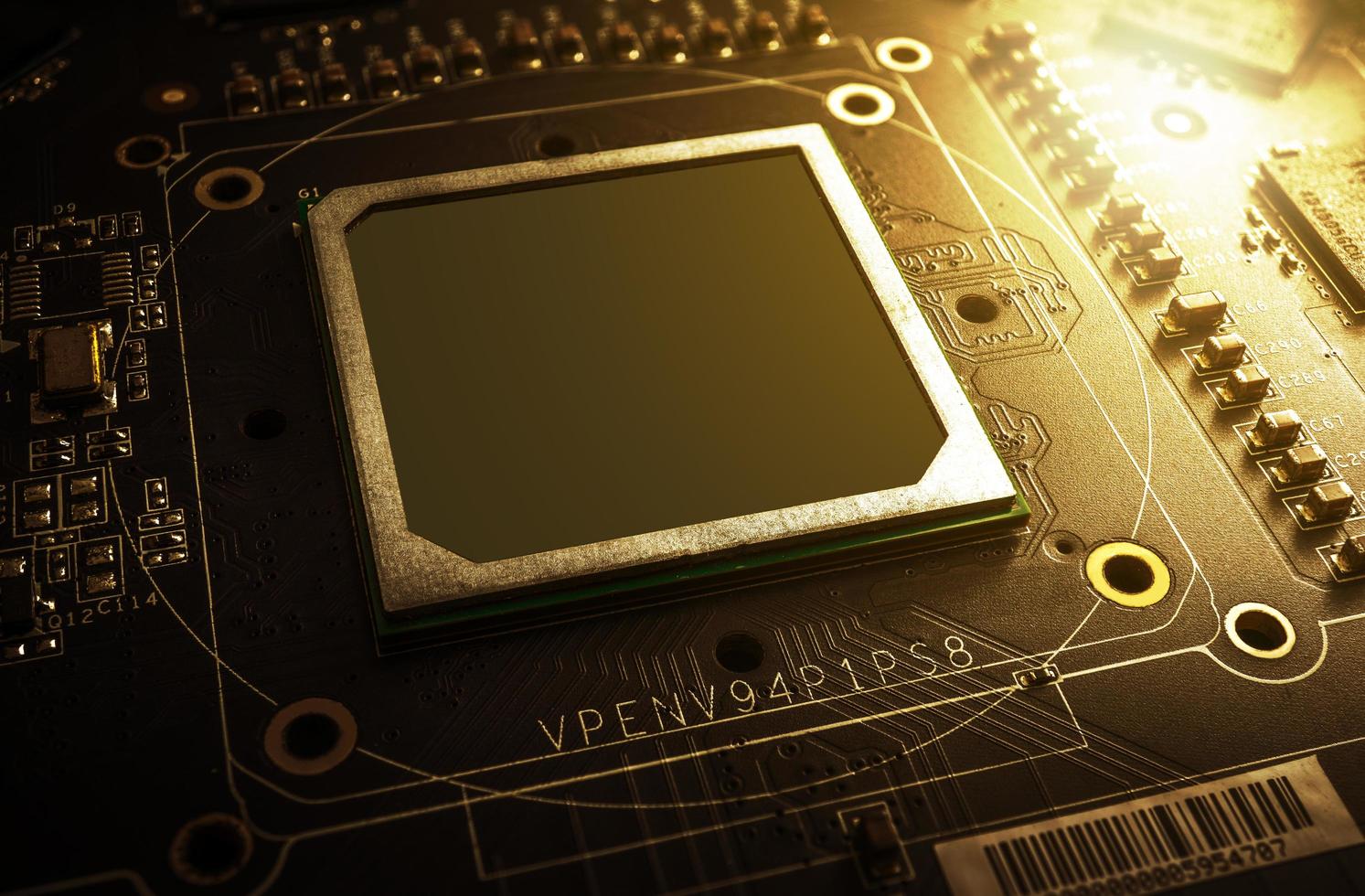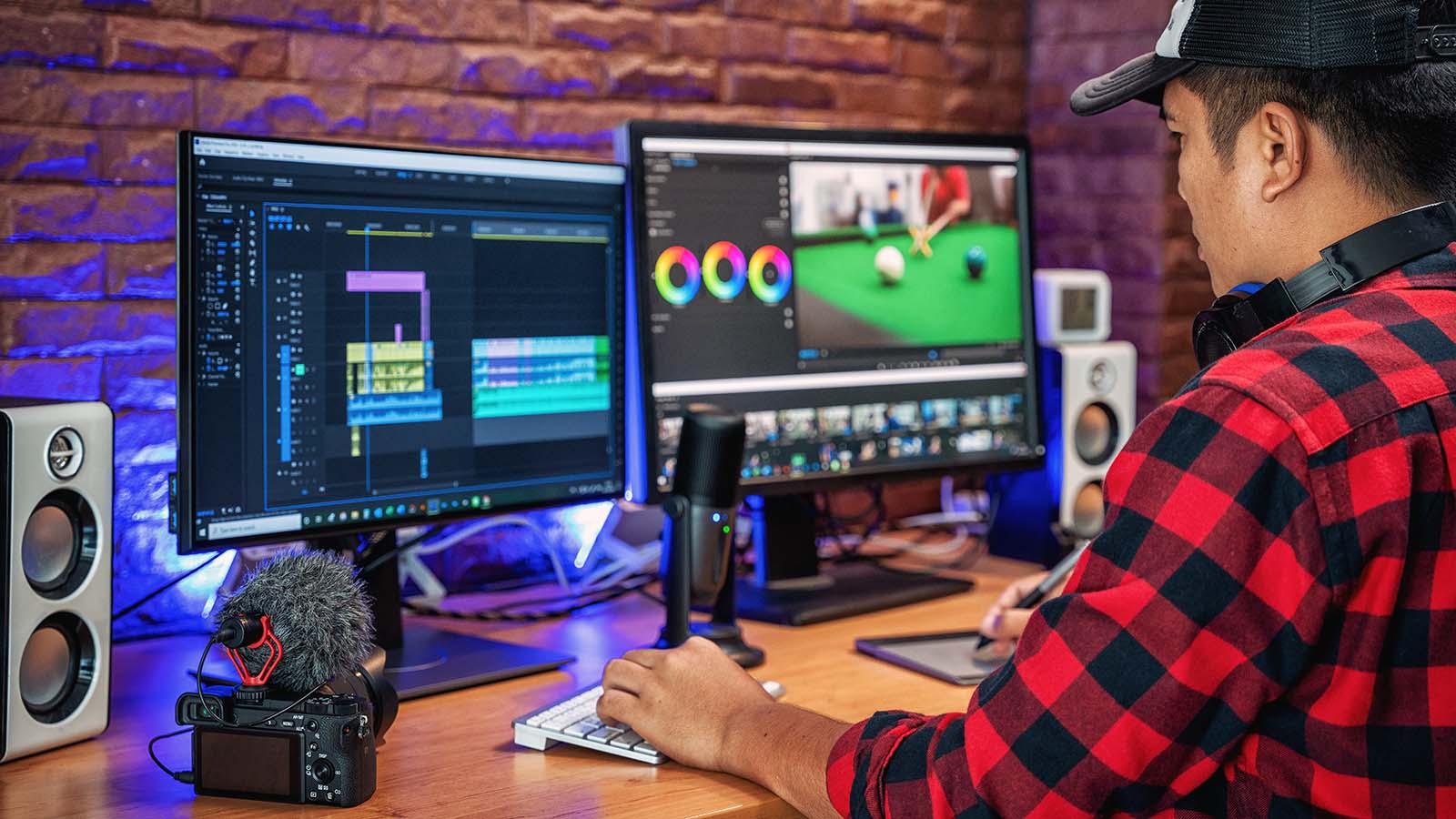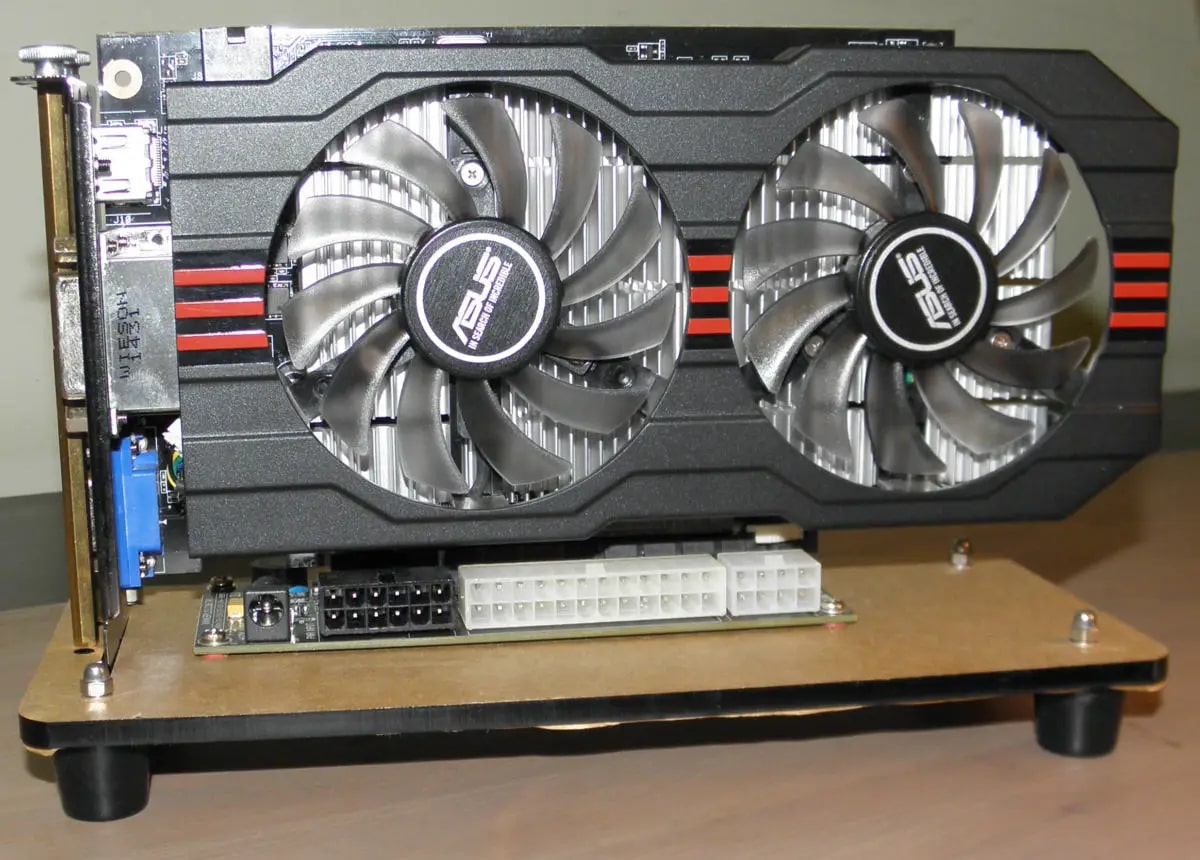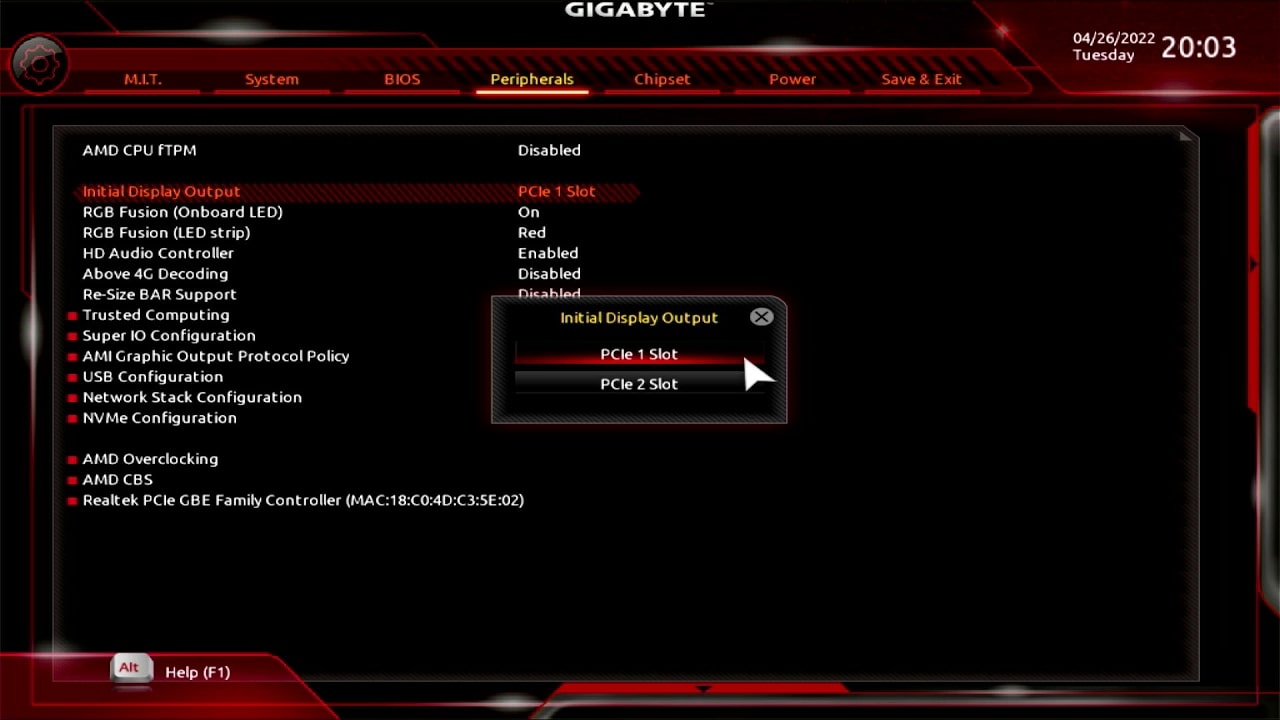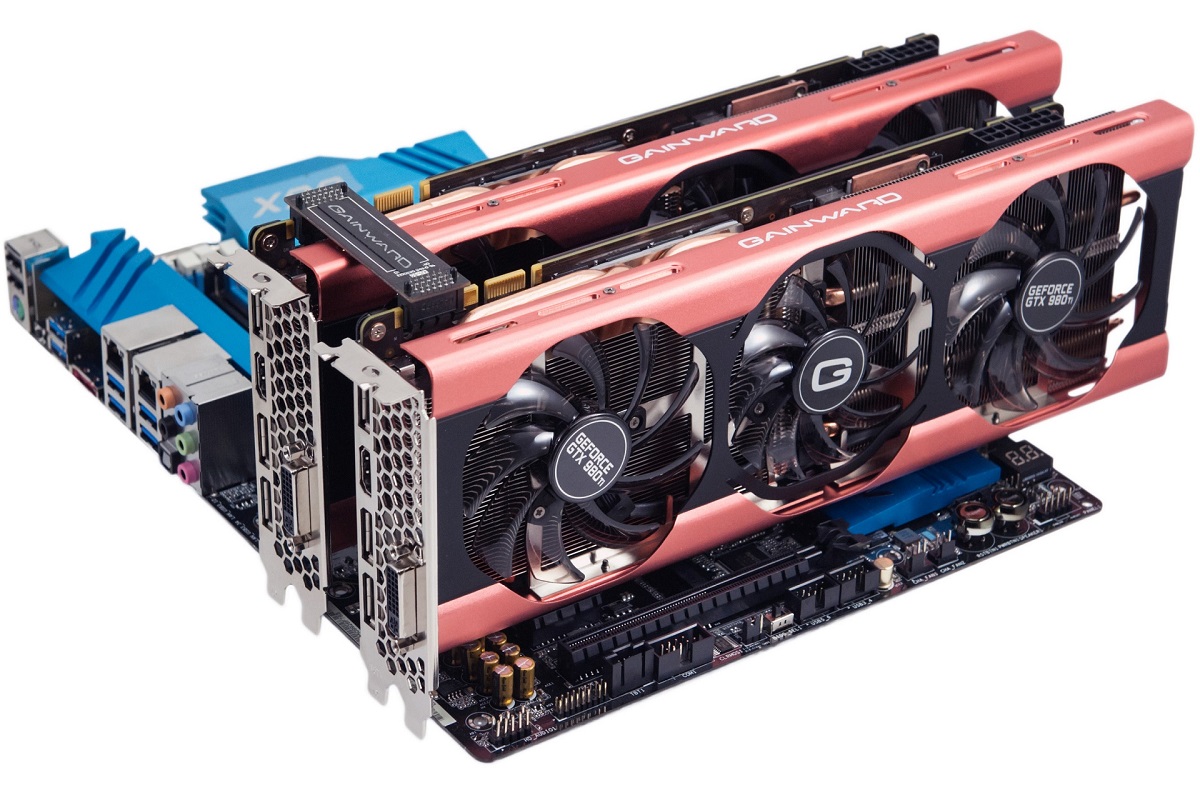Introduction
Graphics cards are an essential component of any computer system, especially for those who engage in activities such as gaming, graphic design, or video editing. Over time, it is natural for graphics cards to undergo wear and tear or face compatibility issues with new software. In order to ensure optimal performance and troubleshoot any potential problems, it is important to regularly test your graphics card.
Testing your graphics card can provide valuable insights into its performance and help identify any issues that need to be addressed. By conducting tests, you can monitor the temperature of your graphics card, check for errors or compatibility issues, and determine if you need to update drivers or firmware. In this article, we will explore various methods to test your graphics card to ensure its efficiency and longevity.
Whether you are a professional designer or a passionate gamer, understanding how to test your graphics card will help you make informed decisions about its maintenance and performance optimization. By familiarizing yourself with the techniques and tools available, you can identify any limitations or weaknesses in your card and take necessary steps to resolve them.
Keep in mind that the specific steps and tools required for testing your graphics card may vary depending on the operating system and the brand of your card. It is always recommended to refer to the manufacturer’s guidelines or consult the support forums for detailed instructions. With that said, let’s dive into the various methods you can use to effectively test your graphics card.
Checking the specifications of your graphics card
Before diving into testing your graphics card, it’s crucial to familiarize yourself with its specifications. This step will not only provide you with valuable information about your card’s capabilities but also help you understand the benchmarks and tests you should be aiming for.
To check the specifications of your graphics card, you can follow these steps:
- Step 1: Open your computer’s control panel or settings menu.
- Step 2: Depending on your operating system, locate and click on the “Display” or “Graphics” option.
- Step 3: In the display or graphics settings, you should be able to find information about your graphics card, including the brand, model, memory capacity, and clock speed.
- Step 4: Take note of these specifications or take a screenshot for future reference.
By checking the specifications, you can determine the baseline performance of your graphics card and compare it to the minimum requirements of the software or games you plan to use. Additionally, you can identify any limitations or features that may affect the overall performance of your card.
It is worth mentioning that some graphics card manufacturers provide their own software utilities that can provide more detailed information about your card’s specifications, such as GPU-Z for NVIDIA cards or GPU Shark for AMD cards. These utilities can give you access to advanced metrics like GPU temperature, fan speed, and voltage as well.
Now that you have a clear understanding of your graphics card’s specifications, you are ready to proceed with testing its performance. In the following sections, we will explore various methods and tools that can help you evaluate different aspects of your graphics card’s functionality.
Testing the temperature of your graphics card
One crucial aspect of testing your graphics card is monitoring its temperature. Overheating can lead to performance issues, system instability, and even hardware damage. Therefore, it’s essential to keep an eye on your graphics card’s temperature to ensure it’s operating within safe limits.
To test the temperature of your graphics card, you can follow these steps:
- Step 1: Install a reliable temperature monitoring software such as HWMonitor, MSI Afterburner, or GPU-Z.
- Step 2: Launch the temperature monitoring software and look for the temperature readings related to your graphics card.
- Step 3: While running graphic-intensive tasks such as games or design software, keep an eye on the temperature readings.
- Step 4: Observe the temperature readings during idle and under load conditions. Generally, your graphics card should operate within a safe temperature range specified by the manufacturer (usually around 70-85 degrees Celsius).
- Step 5: If you notice excessively high temperatures, you may need to take additional steps to improve cooling, such as cleaning the fan or investing in better airflow for your system.
Regularly monitoring the temperature of your graphics card will not only help prevent overheating but also provide insights into the efficiency of your cooling system. It’s important to note that different graphics cards may have different temperature thresholds, so it’s always recommended to refer to the manufacturer’s guidelines to determine the ideal temperature range for your specific card.
Besides software-based temperature monitoring, some graphics cards come with built-in temperature monitors. These monitors can be accessed through the manufacturer’s proprietary software or control panel. Make sure to explore such options if available for more accurate temperature readings.
By keeping a close eye on your graphics card’s temperature, you can ensure its longevity, prevent performance bottlenecks or crashes, and optimize its overall functioning.
Running benchmark tests
Running benchmark tests is an effective way to measure the performance of your graphics card and compare it to industry standards or other similar models. These tests provide valuable insights into the speed, rendering capabilities, and overall efficiency of your graphics card.
To run benchmark tests on your graphics card, you can follow these steps:
- Step 1: Choose a reliable benchmarking software such as 3DMark, Heaven Benchmark, or FurMark.
- Step 2: Install and launch the benchmarking software on your system.
- Step 3: Select the appropriate benchmark test for your graphics card. These tests usually come with different presets and intensity levels.
- Step 4: Run the benchmark test and let it complete its assessment of your graphics card’s performance.
- Step 5: Once the benchmark test is finished, review the results, including the average frames per second (FPS), graphics quality, and score.
Benchmark tests provide a standardized way to evaluate the capabilities of your graphics card and compare it to similar systems or models. They can help you determine if your graphics card is performing as expected and identify areas for improvement. Additionally, benchmark results can be useful when considering upgrades or when troubleshooting performance issues.
While running benchmark tests, ensure that no other resource-intensive applications are running in the background. This will ensure accurate and reliable results. It is also worth noting that benchmark results may vary depending on system configurations, driver versions, and test settings. Therefore, it’s crucial to compare your results with similar setups or refer to online forums and reviews for benchmark comparisons.
Running benchmark tests at regular intervals can help track performance changes over time, especially after updating drivers, making hardware modifications, or using new software. By keeping your benchmark results up to date, you can identify any decline in performance and take appropriate measures to optimize your graphics card’s performance.
Testing your graphics card with stress tests
Stress tests are designed to push your graphics card to its limits and assess its stability and performance under extremely demanding conditions. These tests can help identify any potential issues or weaknesses in your graphics card, such as overheating, voltage problems, or instability.
To test your graphics card’s performance under stress, follow these steps:
- Step 1: Download and install a reputable stress testing software such as FurMark or MSI Kombustor.
- Step 2: Launch the stress testing software and configure the settings to match your graphics card’s capabilities.
- Step 3: Start the stress test and allow it to run for an extended period, such as 30 minutes or more.
- Step 4: Monitor the temperatures, fan speeds, and overall stability of your graphics card during the stress test.
- Step 5: Note any abnormalities, such as artifacts on the screen, crashes, or significant temperature spikes.
Stress tests simulate intense workloads, which can help uncover any potential issues or weaknesses in your graphics card. These tests not only assess the card’s stability but also its ability to handle sustained performance under high-demand situations.
It’s important to keep an eye on the temperatures during stress testing, as prolonged exposure to high temperatures could damage your graphics card. If temperatures exceed safe limits or if you encounter significant issues during stress testing, it may be necessary to adjust your cooling system, clean the card’s fans, or seek professional assistance.
Remember that stress tests are designed to push your graphics card to its limits and may not represent real-world scenarios. Nevertheless, they are useful for identifying potential problems and determining the stability and reliability of your graphics card under heavy workloads.
Performing stress tests periodically, especially after making changes to your system or updating drivers, ensures your graphics card’s optimal performance and helps identify and resolve any underlying issues that may impact its functionality.
Using diagnostic tools to check for errors or issues
Diagnostic tools are invaluable when it comes to identifying and troubleshooting errors or issues with your graphics card. These tools can help pinpoint specific problems, such as driver conflicts, compatibility issues, or hardware malfunctions, and provide valuable information for resolving them.
Here are some commonly used diagnostic tools to check for errors or issues with your graphics card:
- Device Manager: Open the Device Manager on your computer to check for any driver-related issues. Look for any yellow exclamation marks or warning signs that indicate driver conflicts or hardware problems.
- Manufacturer’s diagnostic software: Graphics card manufacturers often provide their own diagnostic software to help diagnose and troubleshoot issues. These tools can help detect hardware errors, test different components, and provide detailed reports on your graphics card’s performance.
- Compatibility checkers: Some software tools can help check the compatibility of your graphics card with specific applications or games. They can identify any compatibility issues and suggest appropriate solutions or updates.
- Benchmarking utilities: As mentioned earlier, benchmarking software can also serve as diagnostic tools by providing detailed performance reports and identifying areas where your graphics card may be underperforming or facing issues.
- Error reporting and crash logs: Whenever your system experiences crashes or errors related to your graphics card, check the event logs or crash logs for more information. These logs can provide insights into specific errors, drivers, or system components that are causing the issues.
By utilizing diagnostic tools, you can gather valuable information about your graphics card’s performance, identify potential bottlenecks or malfunctions, and take appropriate actions to resolve them. It’s important to regularly check for errors or issues, as early detection can prevent further complications and ensure smooth operation of your graphics card.
If you encounter any persistent issues that you are unable to resolve through diagnostic tools, it may be necessary to seek assistance from professional technicians or contact the manufacturer’s support for further guidance.
Remember to keep your graphics card drivers and software up to date as outdated or incompatible drivers can often be the cause of performance issues or errors. Regularly updating your drivers can help prevent potential conflicts and ensure the best possible performance from your graphics card.
Updating drivers and firmware for optimal performance
Updating the drivers and firmware of your graphics card is essential for achieving optimal performance, compatibility, and stability. Graphics card manufacturers regularly release updates that address bugs, improve performance, and enhance compatibility with the latest software and games.
Follow these steps to update your graphics card drivers and firmware:
- Step 1: Identify the brand and model of your graphics card. You can refer to the specifications or use the diagnostic tools mentioned earlier.
- Step 2: Visit the official website of the graphics card manufacturer and go to the support or download section.
- Step 3: Locate the latest drivers and firmware available for your specific model of graphics card.
- Step 4: Download the appropriate drivers and firmware for your operating system.
- Step 5: Install the downloaded drivers and firmware by following the provided instructions. It’s important to thoroughly read and understand any prompts or warnings before proceeding with the installation.
- Step 6: After installation, restart your computer to ensure the changes take effect.
Updating your graphics card drivers and firmware can bring several benefits. Firstly, it can improve overall performance and stability, allowing your graphics card to function at its full potential. Updated drivers can also provide better compatibility with the latest software and games, optimizing their visuals and ensuring smooth gameplay.
In addition to updating drivers, it’s worth checking for firmware updates. Firmware updates can provide performance improvements, enhance power management, and fix any known bugs or security vulnerabilities in the card’s firmware.
It’s important to note that some graphics card manufacturers provide their own software utilities to streamline the driver update process. These utilities can automatically check for and download the latest drivers and firmware for your specific model, simplifying the update procedure.
By regularly updating your graphics card drivers and firmware, you can ensure that your card is up to date with the latest improvements and enhancements, maximizing its performance and compatibility with the latest software and games.
Remember to periodically check for updates and perform the necessary updates as they become available. This will help you stay current with the latest optimizations and ensure a smooth and optimized experience with your graphics card.
Conclusion
Testing and maintaining your graphics card is crucial to ensure optimal performance and longevity. By following the steps outlined in this article, you can effectively test your graphics card and identify any potential issues or areas for improvement.
Checking the specifications of your graphics card provides a baseline understanding of its capabilities and helps determine if it meets the requirements of your desired software or games. Monitoring the temperature of your graphics card is essential to prevent overheating and potential damage to your system. Running benchmark tests allows you to measure the performance of your graphics card and compare it to industry standards. Stress testing your graphics card helps identify any weaknesses or stability issues under demanding conditions.
Using diagnostic tools assists in identifying errors or compatibility issues, while updating drivers and firmware ensures optimal performance and compatibility with the latest software and games. Regularly testing and maintaining your graphics card can enhance its overall performance and extend its lifespan.
Remember to refer to the manufacturer’s guidelines for specific instructions and to utilize reputable software and tools when conducting tests. It’s also important to keep an eye on the warranty of your graphics card and seek professional assistance if you encounter persistent issues.
By staying proactive in testing and maintaining your graphics card, you can enjoy smooth gaming experiences, efficient graphic design work, and an overall enhanced computing experience.







